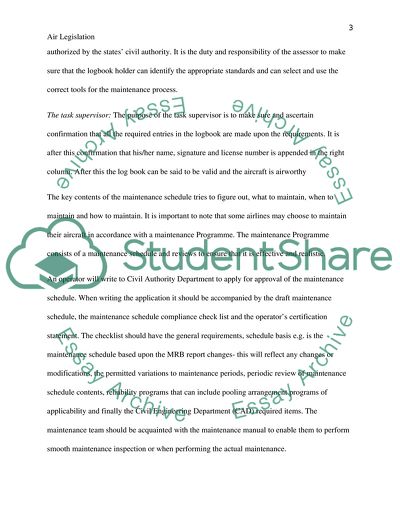Cite this document
(Technical Log - Operations of a Flight Regarding the Aircraft Assignment - 1, n.d.)
Technical Log - Operations of a Flight Regarding the Aircraft Assignment - 1. Retrieved from https://studentshare.org/law/1813262-air-legislation
Technical Log - Operations of a Flight Regarding the Aircraft Assignment - 1. Retrieved from https://studentshare.org/law/1813262-air-legislation
(Technical Log - Operations of a Flight Regarding the Aircraft Assignment - 1)
Technical Log - Operations of a Flight Regarding the Aircraft Assignment - 1. https://studentshare.org/law/1813262-air-legislation.
Technical Log - Operations of a Flight Regarding the Aircraft Assignment - 1. https://studentshare.org/law/1813262-air-legislation.
“Technical Log - Operations of a Flight Regarding the Aircraft Assignment - 1”, n.d. https://studentshare.org/law/1813262-air-legislation.


